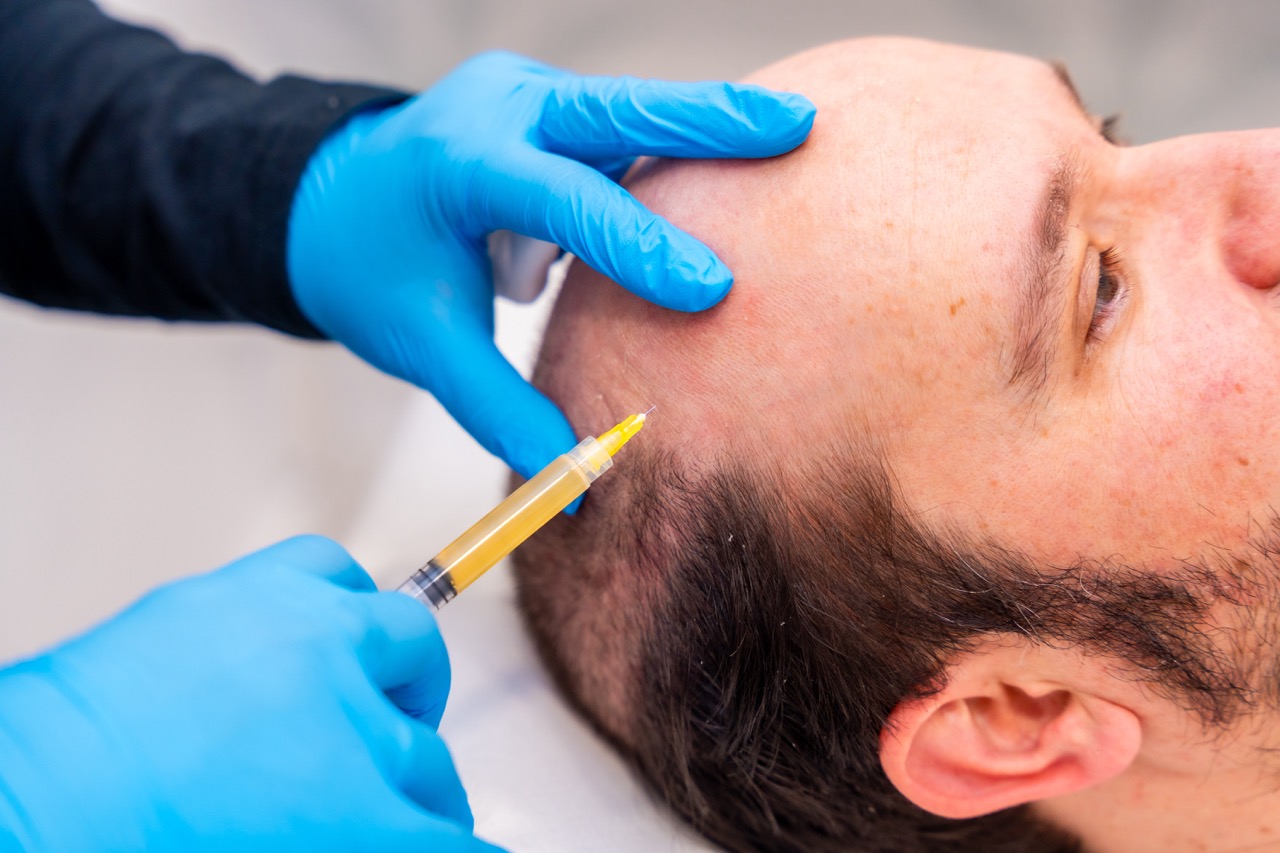Hair Transplant for Burn Scars or Injuries – Is It Safe?
For many individuals who have experienced burns or injuries to the scalp, restoring hair growth in the affected area can be a major part of rebuilding confidence and appearance. Hair transplantation is one of the few options that can potentially offer a long-term solution, but it’s natural to wonder whether the procedure is safe and effective for scarred tissue. Here’s what you need to know about undergoing a hair transplant on burn scars or injury sites.
What Makes Hair Transplantation on Scar Tissue Different?
In a standard hair transplant, healthy hair follicles are moved from a donor area (usually the back or sides of the scalp) to the thinning or balding recipient area. The success of the procedure depends heavily on good blood circulation and a healthy scalp environment, both of which are altered in scarred tissue.
Scar tissue forms as the body heals after an injury or burn. Unlike normal skin, scar tissue:
- Has reduced blood supply.
- May be thicker, tighter, or more irregular in texture.
- Can have altered collagen structures that make it less elastic.
- Might be more prone to infection or inflammation.
Because of these differences, hair transplants on burn scars or injuries are more complex than those on healthy, unscarred skin. However, with the right techniques, experienced surgeons can often achieve good results.
Is Hair Transplant on Burn Scars or Injuries Safe?
In skilled hands, hair transplantation on scar tissue is generally safe, provided the patient is a suitable candidate. The safety and success of the procedure depend on several factors:
Evaluation of the Scar Area:
- Before proceeding, the surgeon will carefully assess the scarred region. This includes determining the type and thickness of the scar, the level of blood supply, and the overall condition of the surrounding scalp. The surgeon may perform a small test transplant in the area to see how well the grafts take root before committing to a full procedure.
Advanced Techniques:
- Modern hair transplant methods—such as Follicular Unit Extraction (FUE)—are minimally invasive and allow for precise placement of hair grafts. Surgeons with experience in scar tissue transplants know how to handle the unique challenges presented by these areas, using specialized tools and techniques to improve graft survival.
Pre-Treatment and Scalp Conditioning:
- Some patients benefit from pre-treatment measures to improve the scar tissue’s receptivity. Platelet-rich plasma (PRP) therapy, microneedling, or laser treatments may be recommended before the transplant to enhance blood flow, soften the scar, and create a more hospitable environment for the grafts.
Individualized Approach:
- Not all scars are the same, and a one-size-fits-all approach doesn’t work. A qualified surgeon will tailor the procedure to your specific needs, ensuring that the grafts are placed at the correct angle and density to achieve a natural look.
What Can You Expect from the Results?
Hair transplants on burn scars or injuries can achieve highly satisfying results, but it’s important to set realistic expectations:
Coverage and Density:
- The transplanted hair will grow in the scarred area, but the density may not match that of the surrounding scalp. In many cases, the goal is to achieve enough coverage to conceal the scar and improve overall aesthetics rather than full density.
Hair Texture and Growth Pattern:
- Transplanted hair typically grows naturally once established. However, since the underlying tissue is different, the hair may appear slightly thinner or take longer to grow.
Long-Term Stability:
- Once the grafts have taken root, the new hair is usually permanent and can be styled like your natural hair. Proper aftercare and follow-up with your surgeon help ensure the best outcome.
What Are the Risks?
While hair transplants on scars are generally safe, there are a few potential risks to keep in mind:
Reduced Graft Survival Rate:
- Due to the lower blood supply in scar tissue, not all grafts may survive. An experienced surgeon can minimize this risk by carefully placing grafts and using techniques to promote healing.
Infection or Inflammation:
- Scars may be more prone to irritation or minor infection, especially if aftercare instructions aren’t followed closely. Adhering to the surgeon’s guidelines and keeping the area clean helps mitigate this risk.
Multiple Sessions May Be Needed:
- Achieving the desired result on scarred skin may require more than one session. This is especially true if the scar is large or if initial graft survival is lower than anticipated.
Is It Right for You?
A hair transplant on burn scars or injuries can be a safe and effective solution, but the procedure is not suitable for everyone. The best candidates are individuals who:
- Have a stable scar that has fully healed (typically at least 12–18 months post-injury).
- Have sufficient donor hair available from the back or sides of the scalp.
- Are in good overall health and can follow the post-operative care instructions.
- Have realistic expectations about what the procedure can achieve.
Conclusion
Yes, hair transplantation on burn scars or injury sites is generally safe when performed by a skilled surgeon using modern techniques. While the process can be more challenging than a standard transplant, proper planning, pre-treatment, and expert execution often lead to excellent cosmetic improvements. If you’re considering this option, consult a qualified hair restoration specialist to discuss your unique situation and determine whether a scar hair transplant is the right solution for you.

 English
English




















